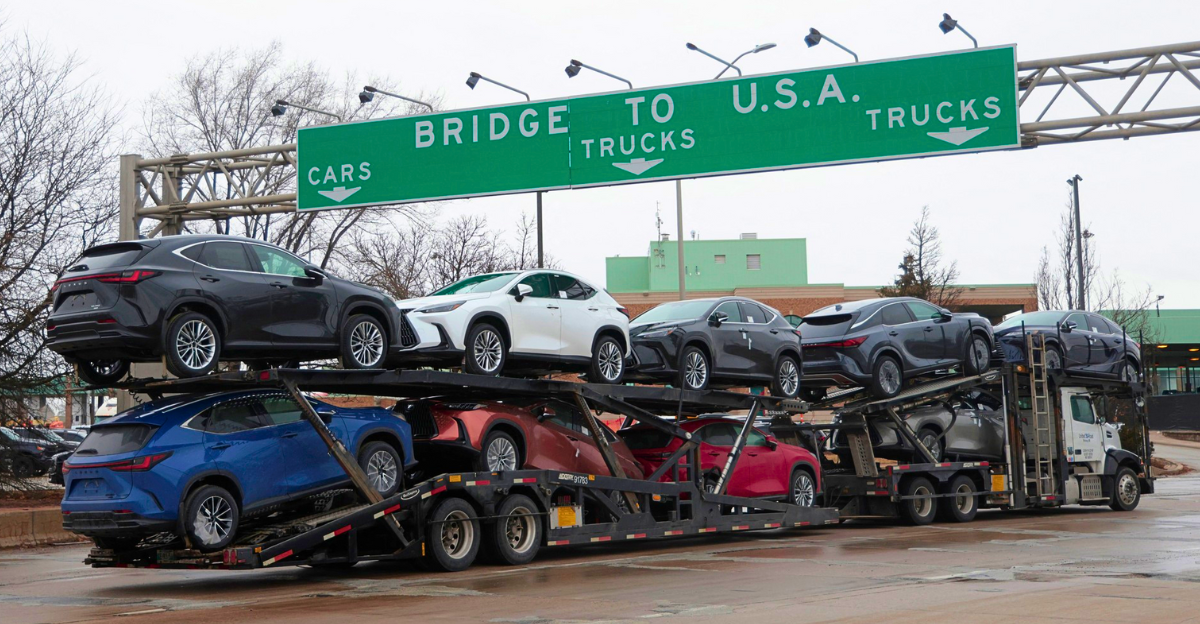
American car manufacturers are facing an unprecedented downturn that is the worst in the last ten years. Sales have dropped dramatically after the post-pandemic buying in 2022 and 2023.
Industry analysts at Reuters warn this isn’t a typical cyclical dip but a structural shift that could reshape the entire automotive landscape. Dealership confidence has hit multi-year lows as inventory piles up and consumer demand evaporates across all vehicle segments.
Prices Squeeze Buyers
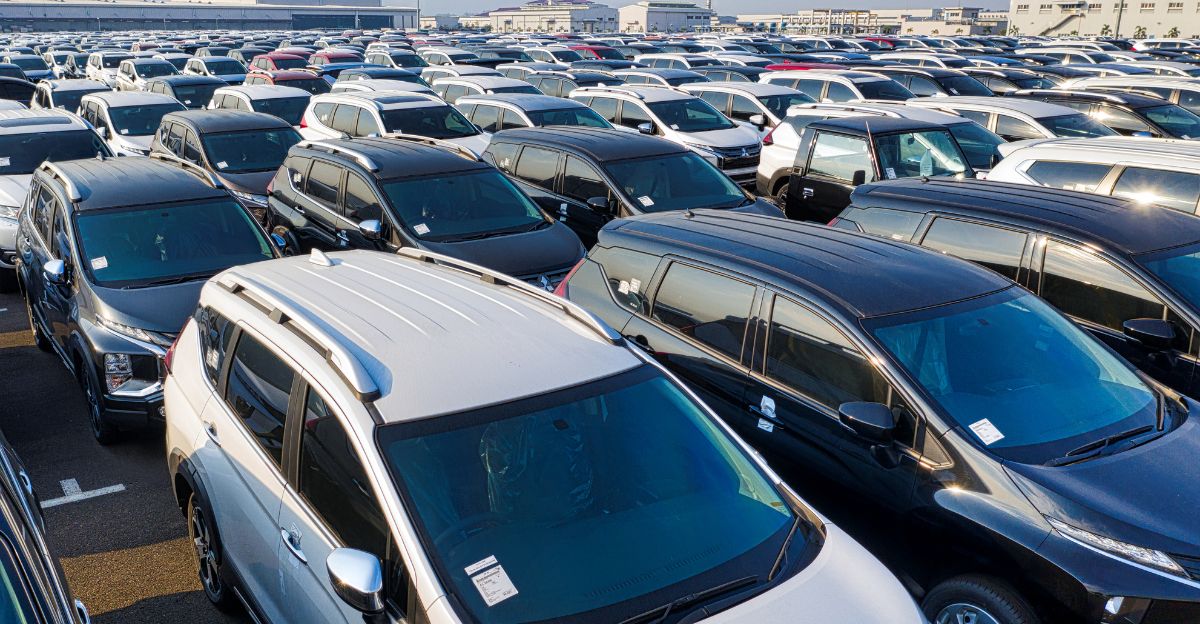
New car prices in America average about $45,000. Meanwhile, consumer traffic in dealerships has dropped steeply, making owning a new car less achievable for the average middle-class family.
Bloomberg reports that even luxury dealers in major metropolitan areas struggle to move inventory, forcing many to consider unprecedented discounting strategies or staff reductions.
From Boom to Bust
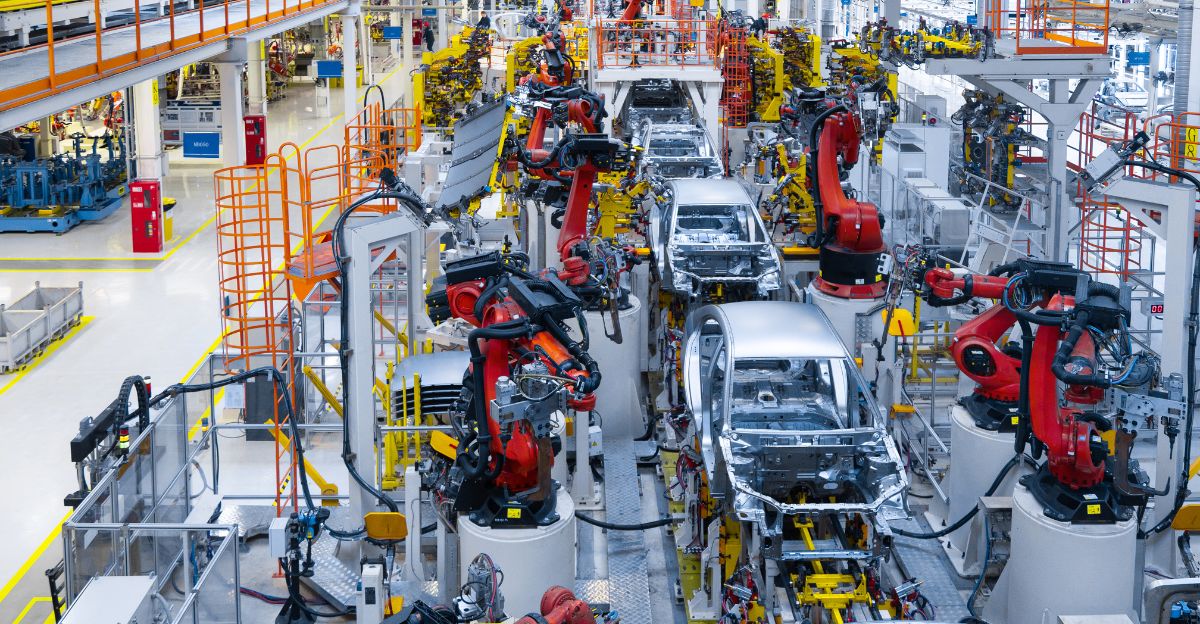
Manufacturers have been caught off guard by the automotive industry’s dramatic decline after record-breaking sales in 2023. What began as pent-up pandemic demand quickly became oversupply as prices remained elevated despite inventory normalization.
CNBC analysis reveals that supply chain disruptions persist while consumer appetite has completely disappeared, creating a perfect storm of economic pressures that industry veterans compare to the 2008 financial crisis.
Financial Pressure Rises

The average American consumer cannot afford the rising price of vehicles, leading to an uptick in missed payments and repossessions.
Bloomberg’s latest financial data shows delinquency rates climbing to levels not seen since the Great Recession. Credit analysts emphasize that household budgets are stretched to breaking points, with many families forced to choose between car payments and other essential expenses like housing and healthcare.
Tariffs Shake the Industry
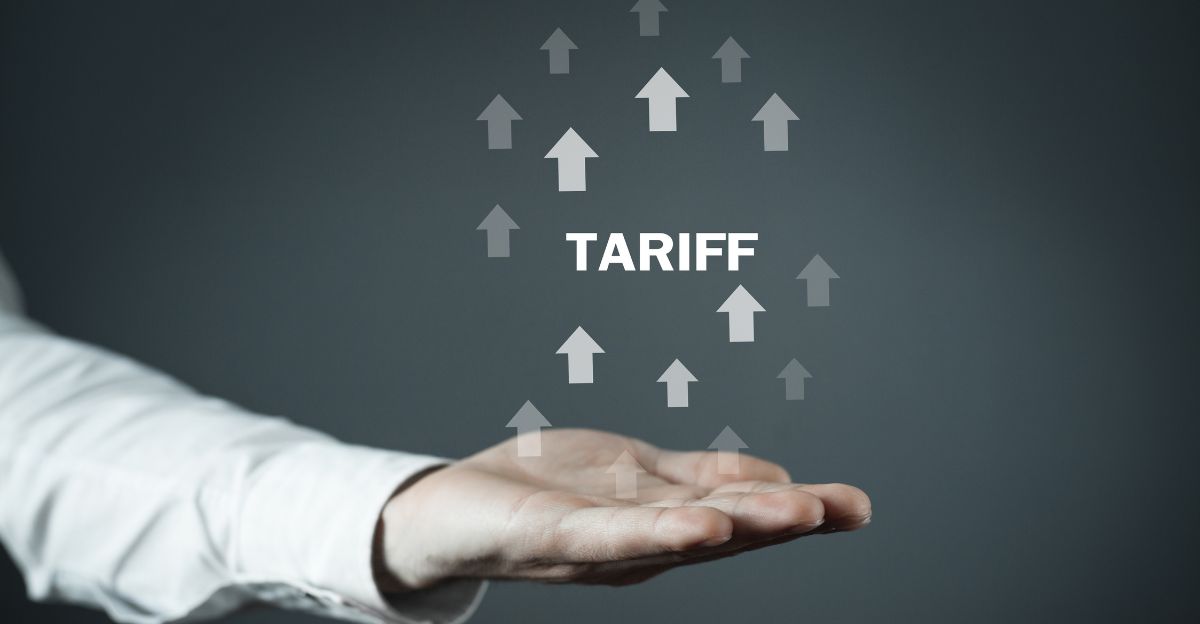
Tariffs have only exacerbated the problematic prices charged to automotive manufacturers and consumers. In April, a 25% tariff sent shockwaves through the industry.
Major automakers have reacted to the tariffs by increasing the price of several model lines by up to 15%. Manufacturers that have made this decision include Ford, General Motors, Volvo, and Toyota.
States Feel The Strain
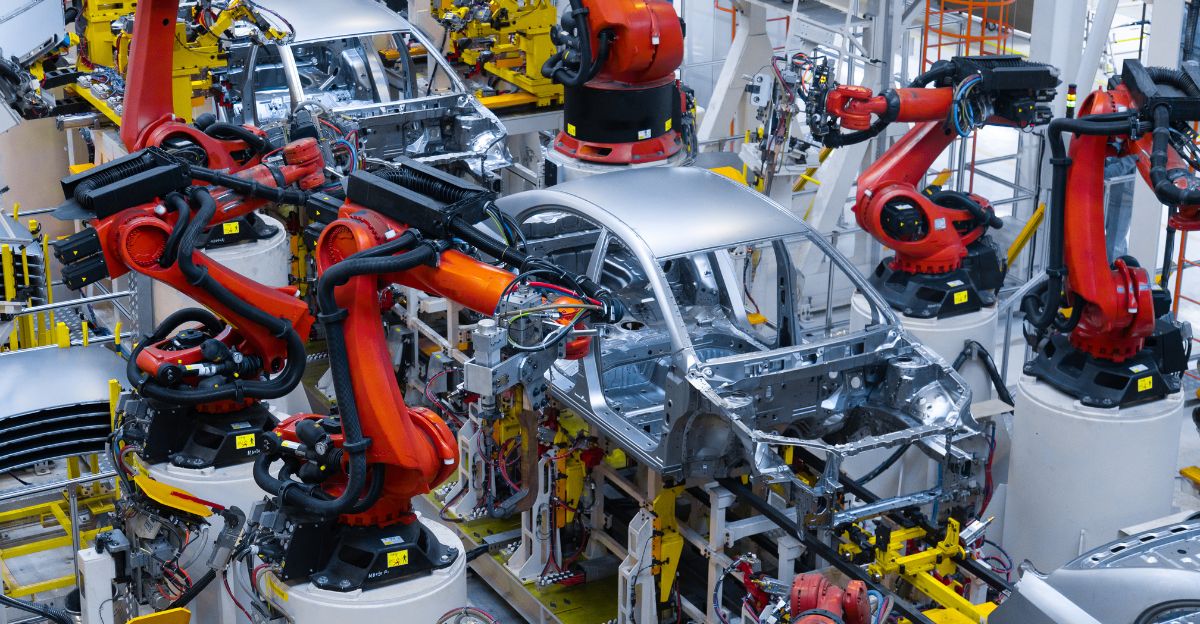
Many US states depend on the automotive industry and the boost it gives to the local economy. Regional economic data show significant declines in new vehicle registrations and dealership employment across these traditionally strong automotive markets.
Challenger, Gray & Christmas reports that July 2025 alone saw substantial job losses in auto retail and manufacturing sectors, with particular concentration in states that have historically anchored America’s automotive economy.
Layoffs Continue Mounting

Approximately 6,000 jobs were shed in the automotive sector in 2025, with Challenger, Gray & Christmas directly attributing this decline to tariff-related market disruptions.
Beyond direct manufacturing cuts, dealership networks reduce sales staff and service technicians as customer volume plummets. Industry insiders predict additional layoffs unless market conditions stabilize quickly, threatening tens of thousands more positions across the automotive supply chain.
Supply Chain Disruptions

International manufacturing partnerships that have supported the US auto market for decades are fracturing under tariff pressure. CNBC and Al Jazeera document how suppliers from Mexico, Canada, and Europe have delayed shipments or redirected production to other markets.
These disruptions have reduced vehicle variety on American lots while simultaneously driving up costs, creating a dual burden for dealers facing limited inventory and higher wholesale prices.
Broader Economic Ripples
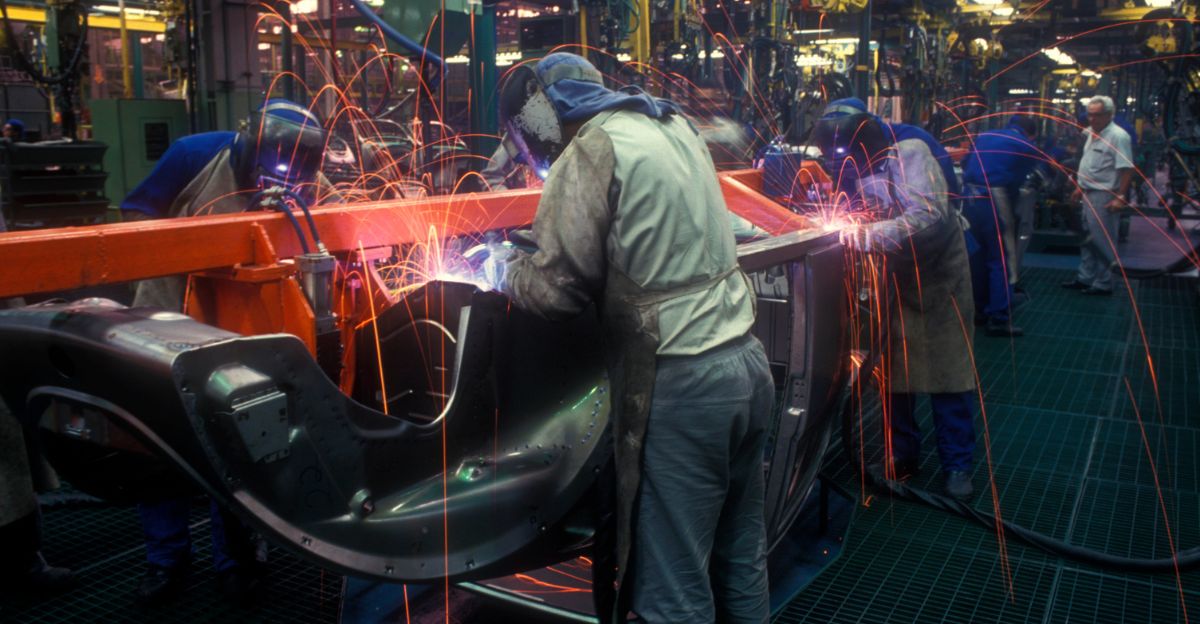
The automotive industry’s struggles are cascading through interconnected sectors of the American economy. Steel producers, shipping companies, advertising agencies, and technology suppliers depend heavily on automotive demand.
Nationwide Agency Forward economists warn that continued automotive sector weakness could trigger broader economic slowdowns, potentially affecting millions of jobs in industries unrelated to car manufacturing but dependent on automotive spending.
Used Cars No Longer Cheap
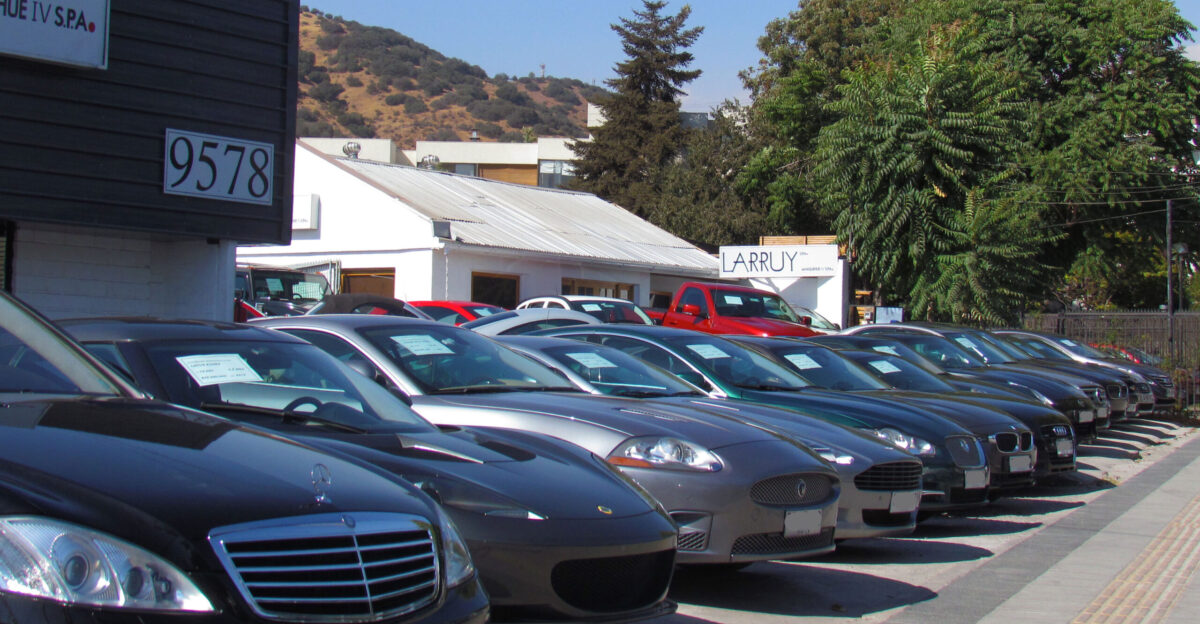
As new vehicle prices soar, desperate buyers flood the used car market, driving prices to unprecedented levels.
Cox Automotive’s Manheim Used Vehicle Value Index shows a 6.3% year-over-year increase in June, reflecting the intense competition for affordable transportation options.
Dealers Under Pressure
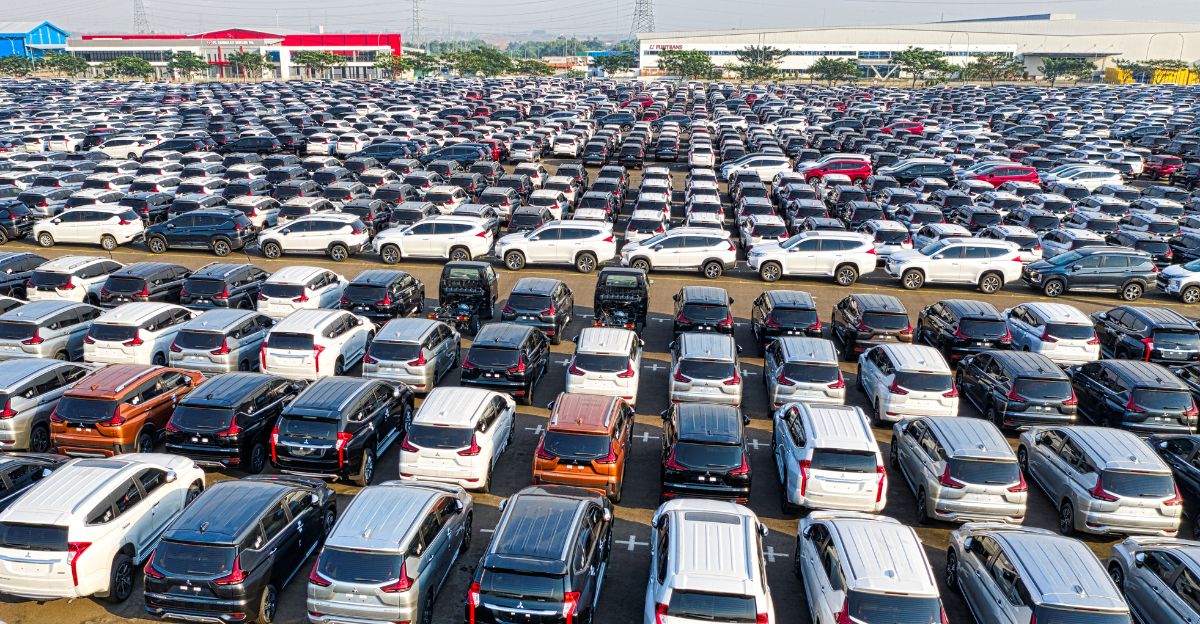
Automotive retailers nationwide report the most challenging sales environment in their careers.
One Michigan dealer told industry publications that “sticker shock” has become the primary reason customers walk away from potential purchases.
Corporate Shakeups
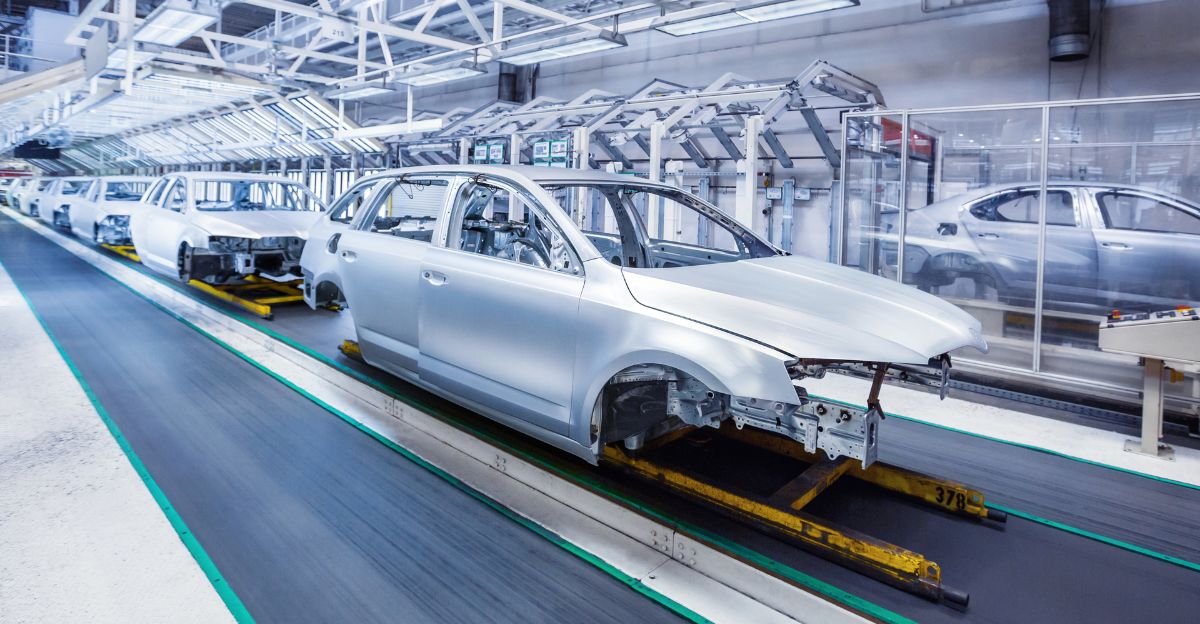
Facing massive profit shortfalls and investor pressure, major automakers have initiated sweeping leadership changes throughout 2025.
The Wall Street Journal has tracked executive departures and strategic reorganizations at Ford, General Motors, and several international brands operating in the US market.
Incentives Ramp Up
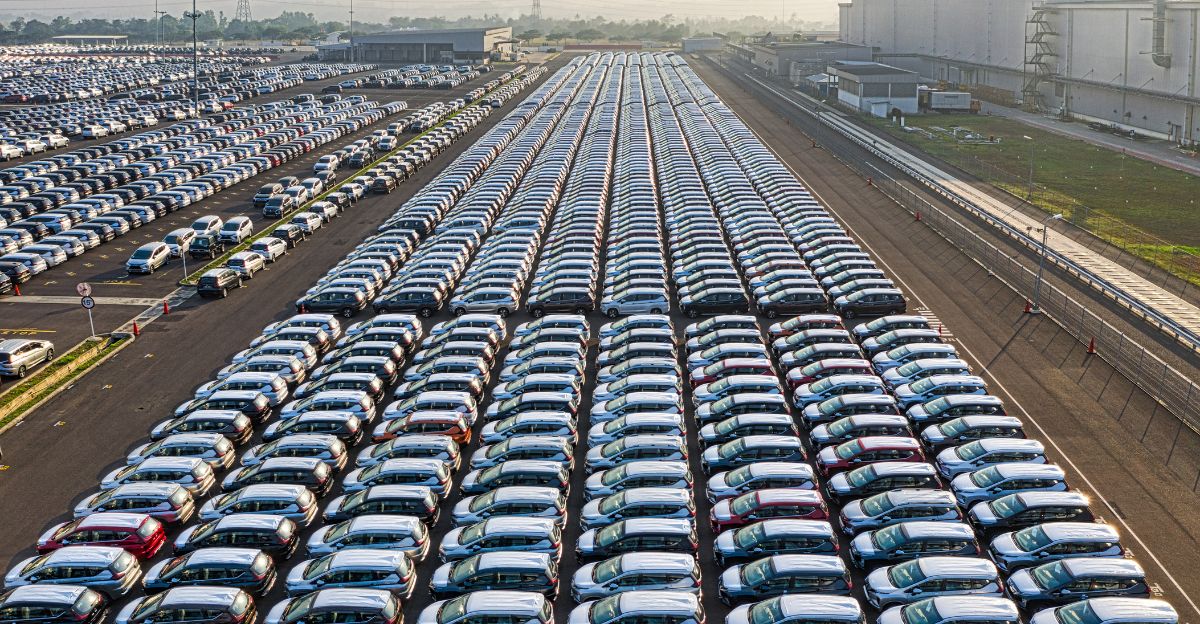
Automakers are deploying increasingly aggressive sales tactics to stimulate demand, including zero-percent financing offers, extended warranties, and accelerated electric vehicle launches.
Toyota told Reuters that it prioritizes US-based production to mitigate tariff impacts and reduce consumer costs. However, industry experts caution that even substantial manufacturer incentives may be insufficient to overcome fundamental affordability challenges facing American car buyers.
Quick Fix Unlikely
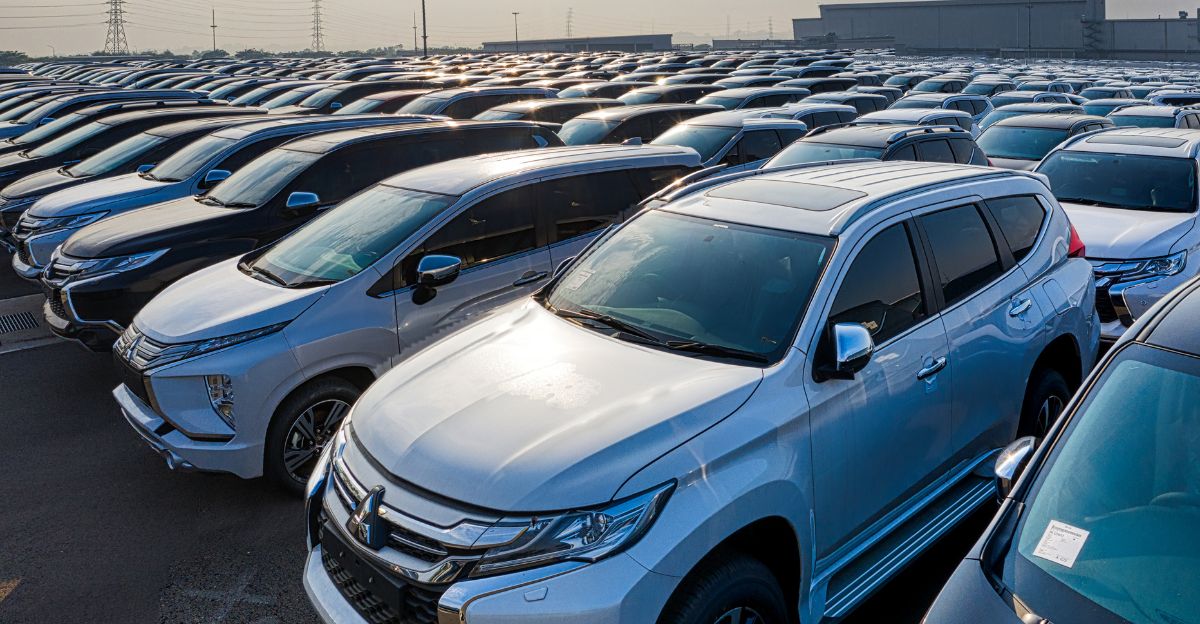
Despite industry efforts to restore market stability, automotive specialists remain pessimistic about near-term recovery prospects.
Al Jazeera quotes prominent analysts who argue that global supply chains are too interconnected for tariffs to benefit domestic manufacturers as intended.
Buyers on the Sidelines

Consumer uncertainty dominates purchasing decisions as potential buyers adopt wait-and-see strategies, hoping for price relief.
Some economists predict Americans will delay vehicle purchases until tariff policies change or international trade tensions ease. The Wall Street Journal suggests that pandemic-era behavioral changes may have permanently altered American attitudes toward vehicle ownership, potentially creating lasting structural changes in automotive demand patterns.
Policy in the Spotlight

Automotive tariffs have emerged as a central issue for the 2026 election cycle, with lawmakers from both parties facing intense pressure from constituents and industry stakeholders.
Politico reports widespread bipartisan concern about tariff impacts on consumers and businesses. Congressional hearings for fall 2025 will examine trade policy effectiveness and may influence future federal approaches to international automotive trade relationships.
Global Tensions Flare
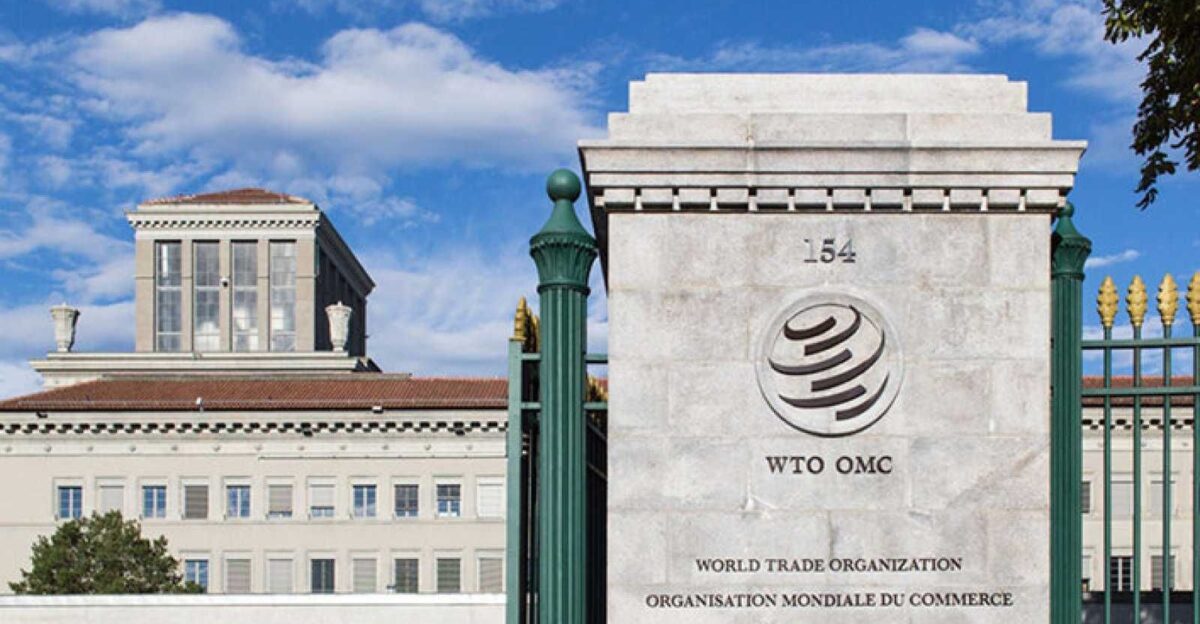
International trade relationships are deteriorating as traditional allies challenge US automotive tariff policies. Reuters documents formal complaints filed by Germany and Japan with the World Trade Organization, while Mexico and Canada negotiate for expanded exemptions.
These diplomatic tensions threaten broader trade relationships and create additional uncertainty for automotive companies planning long-term manufacturing and supply chain strategies.
Green Backlash
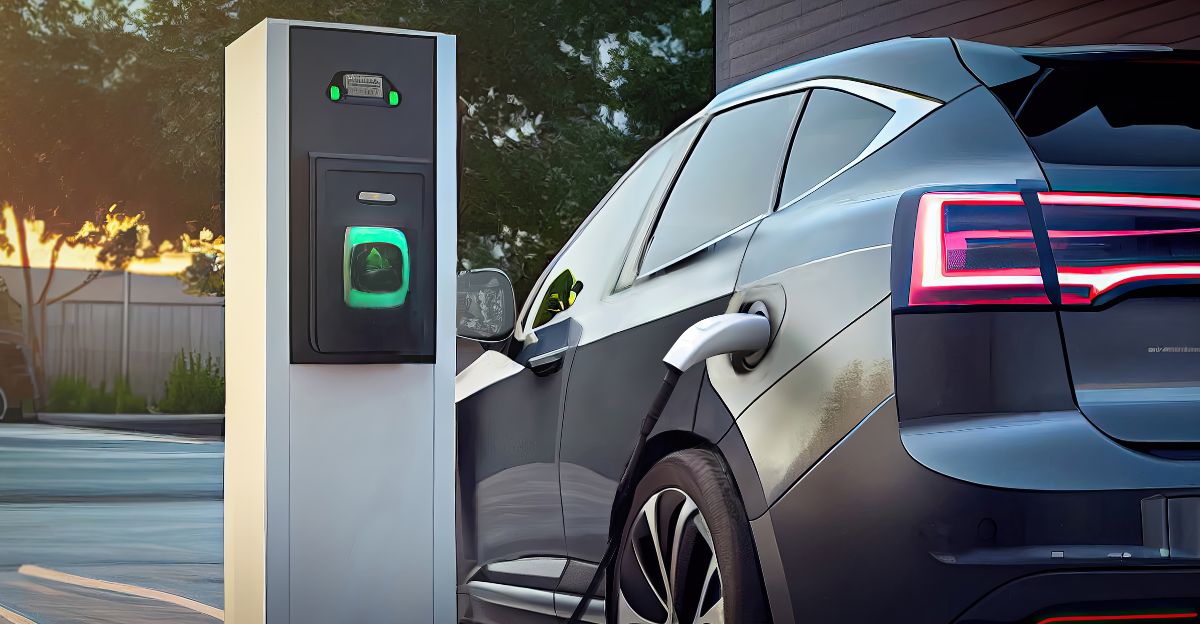
Environmental advocates express growing concern that higher vehicle prices will slow adoption of fuel-efficient and electric vehicles, potentially undermining US climate goals. Bloomberg highlights ongoing legal challenges from automakers arguing that tariffs violate international trade agreements and environmental commitments.
The intersection of trade policy and environmental objectives has created complex political dynamics that extend far beyond traditional automotive industry concerns.
Younger Buyers Shift Away

High vehicle prices and student debt burdens fundamentally change younger Americans’ transportation choices. NPR interviews reveal widespread adoption of ride-sharing services, public transportation, and alternative mobility options like e-bikes.
This demographic shift toward non-ownership transportation models represents a potentially permanent change in American mobility patterns that could reshape urban planning and automotive market demand for decades.
Looking Forward
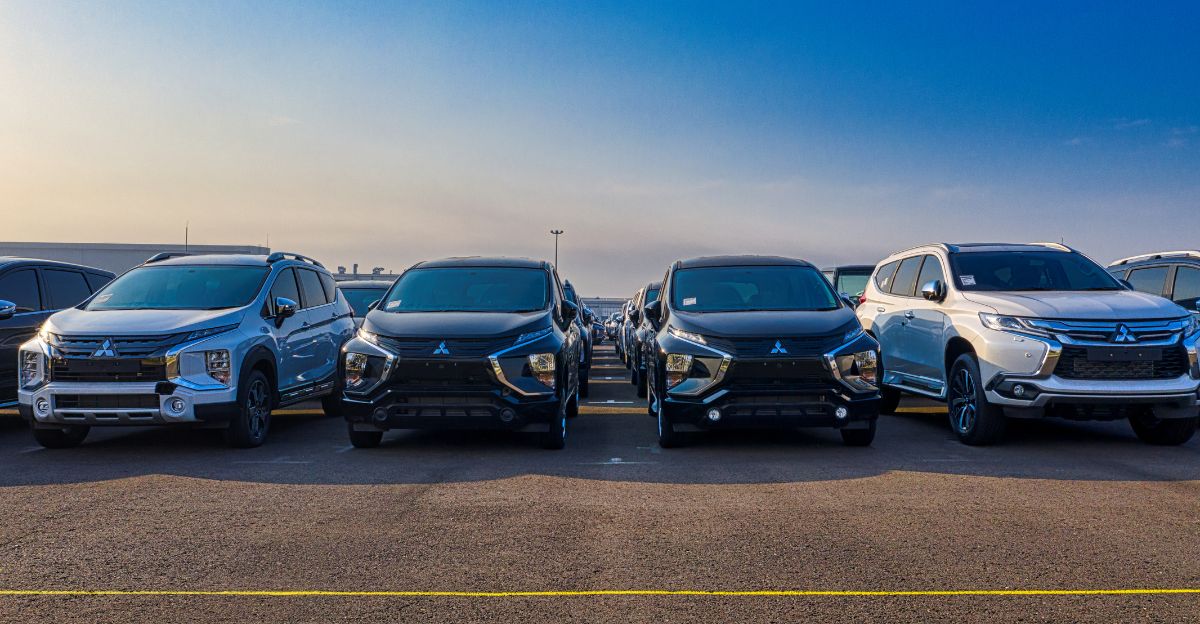
The convergence of falling sales, international trade tensions, and changing consumer preferences has created an unprecedented inflection point for the American automotive industry.
Experts at Cox Automotive and the Wall Street Journal predict that he coming years will fundamentally reshape how Americans purchase, finance, and utilize personal transportation. The industry faces a potential transformation that could permanently alter the automotive landscape.